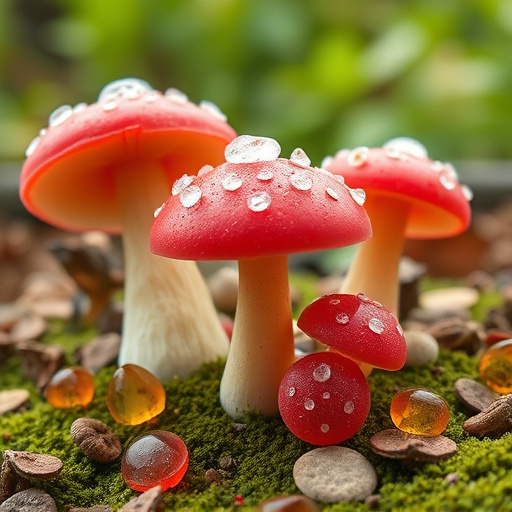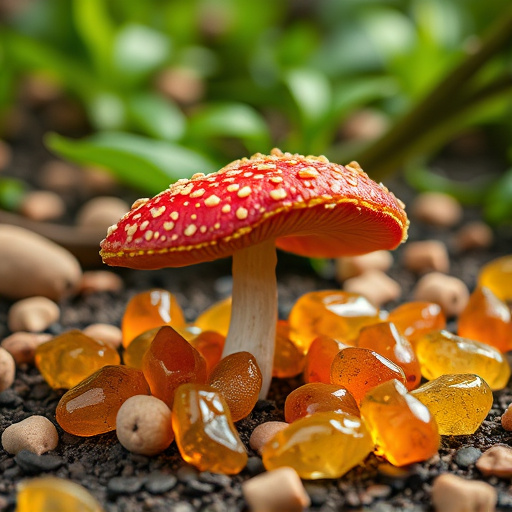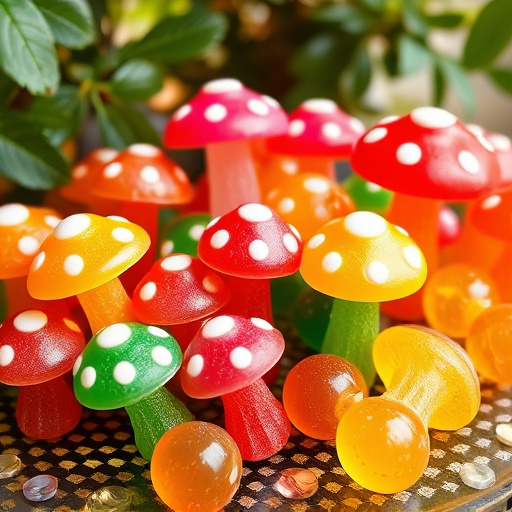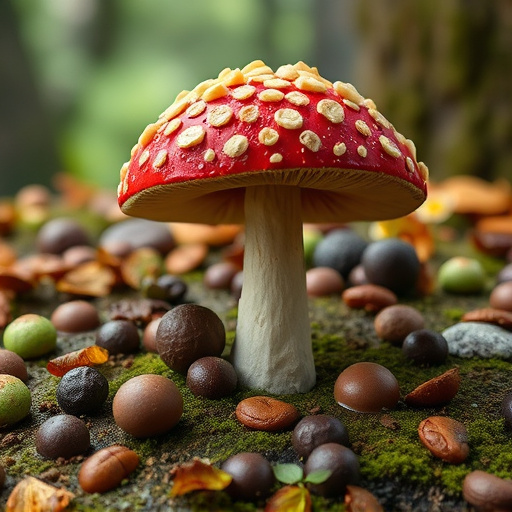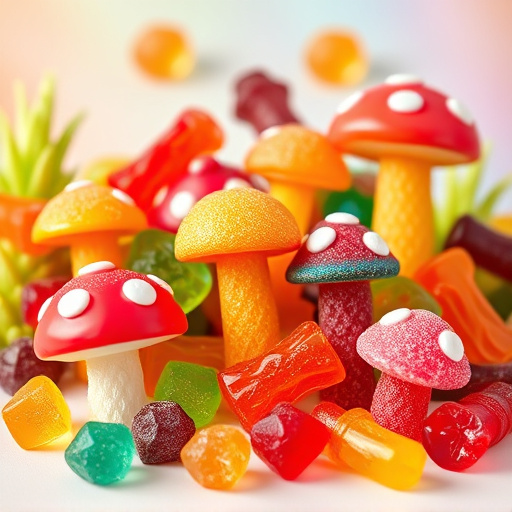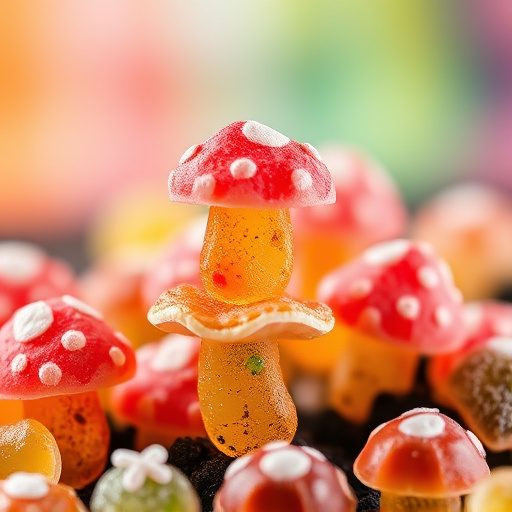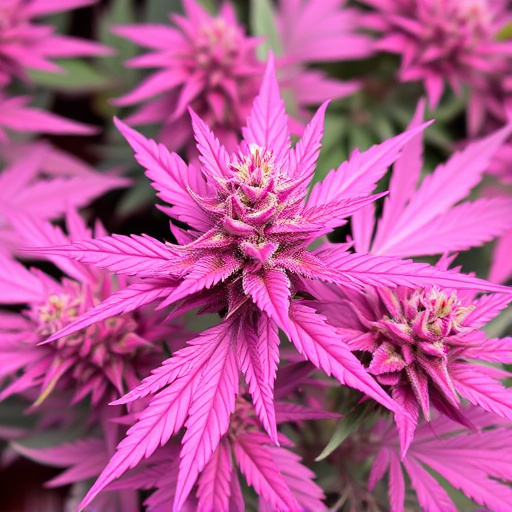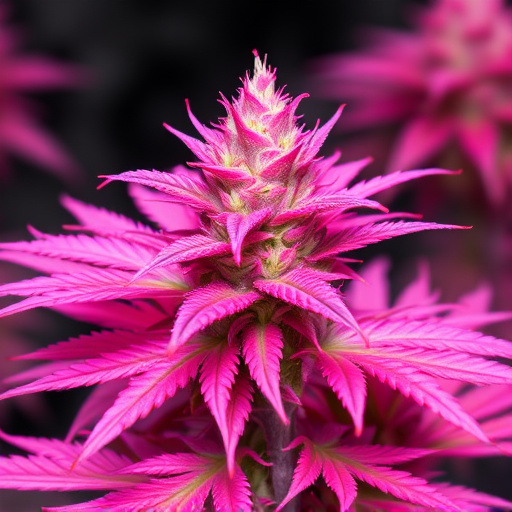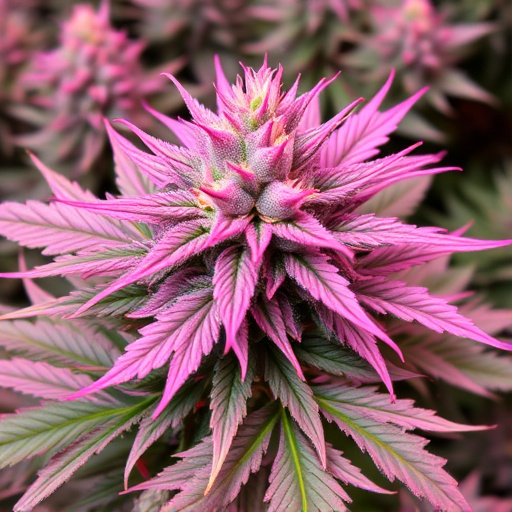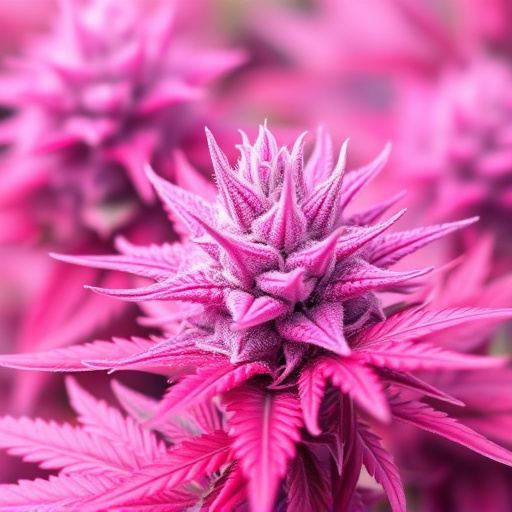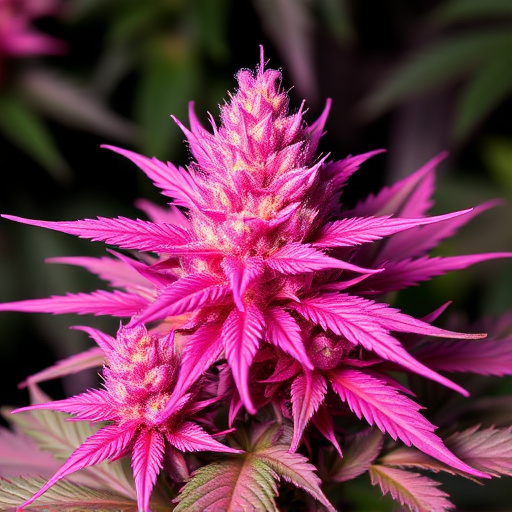While pink cannabis strains offer unique sensory experiences, they pose significant health risks due to high THC levels and unpredictable terpene interactions. Regular use can lead to addiction and mental health issues. Consumer safety is paramount in the industry, with strict quality control, testing, and regulatory standards necessary for responsible use and trust in pink cannabis strains.
Exploring the risks associated with pink cannabis strains is essential as their popularity soars. This article delves into the potential health hazards, focusing on psychological impacts and addiction concerns. Additionally, it highlights quality control and regulatory challenges that underscore the importance of safe consumer practices. Understanding these risks is crucial for making informed decisions in the evolving landscape of cannabis use, especially when considering the unique characteristics of pink strains.
- Potential Health Risks Associated with Pink Cannabis Strains
- Psychological Effects and Addiction Concerns
- Quality Control and Regulatory Considerations for Consumer Safety
Potential Health Risks Associated with Pink Cannabis Strains
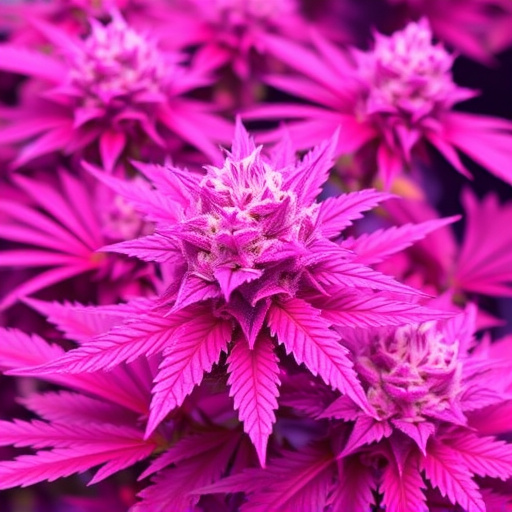
While pink cannabis strains may seem like a charming novelty, they’re not without potential health risks. One primary concern is their potency—these strains often contain higher levels of THC, the compound responsible for most of cannabis’ psychological effects. This heightened potency can lead to more severe anxiety, paranoia, and psychosis in susceptible individuals.
Additionally, specific terpenes often found in pink strains, which contribute to their unique aroma and flavor profile, might have unpredictable effects on users. Some terpenes are known to interact with THC, potentially enhancing or altering its effects. This interaction could result in unexpected adverse reactions, especially when combined with other substances or underlying health conditions.
Psychological Effects and Addiction Concerns
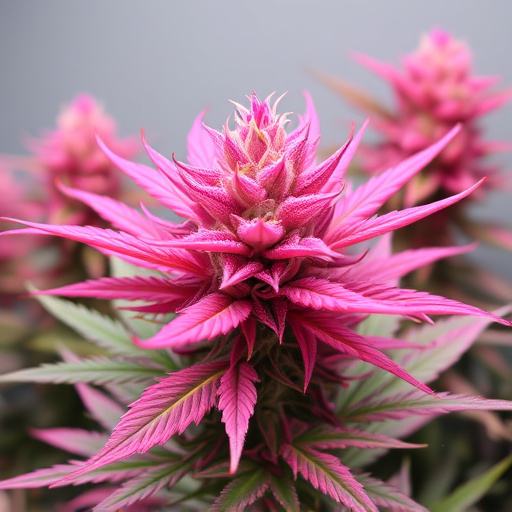
Cannabis, especially in its flower form, is known for its diverse psychological effects, which can vary greatly among individuals. While some users report feelings of relaxation, euphoria, and heightened sensory perception, others may experience anxiety, paranoia, or even hallucinations. The impact can be more pronounced with certain pink cannabis strains, renowned for their unique terpene profiles that influence mood and cognitive functions. These strains, though appealing to many, carry the same risks as any other variety—overconsumption or misuse could lead to adverse mental health effects.
Addiction is a significant concern tied to cannabis use, particularly with regular or heavy consumption. While not classified as highly addictive compared to substances like opioids or alcohol, cannabis can still trigger dependency and tolerance, where users need higher doses to achieve the desired effects. Pink strains, with their appealing aromas and potent properties, might encourage frequent or excessive use, increasing the risk of developing an addiction. Recognizing these potential pitfalls is crucial for consumers, especially those new to cannabis, to use it responsibly and understand the associated risks.
Quality Control and Regulatory Considerations for Consumer Safety
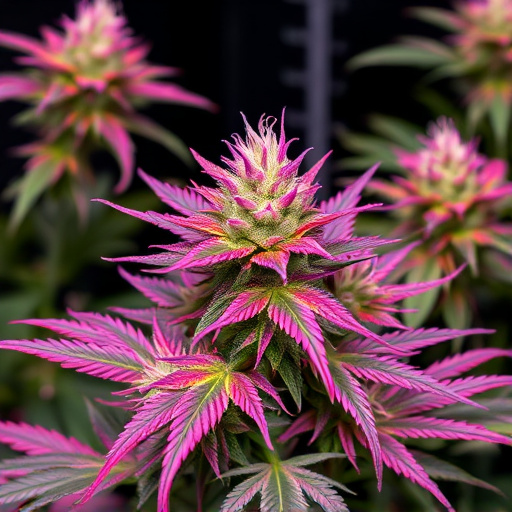
When it comes to consumer safety, quality control and regulatory considerations are paramount in the cannabis industry, especially for unique varieties like pink cannabis strains. The cultivation and production processes must adhere to strict standards to ensure the final product is safe for consumption. This includes rigorous testing for potent compounds, such as THC and CBD levels, as well as contaminants like pesticides and heavy metals.
Regulators play a crucial role in monitoring these aspects to safeguard consumers. They implement safety measures and set guidelines for cultivation practices, ensuring that pink cannabis strains and other varieties meet the required quality standards. This regulatory framework is essential for building consumer trust and promoting responsible cannabis use.
While pink cannabis strains offer unique aesthetic appeal, it’s crucial to be aware of potential risks. From health concerns like any other cannabis product, to psychological effects and addiction possibilities, understanding these hazards is essential for informed decision-making. Additionally, quality control and regulatory standards are vital to ensure consumer safety in the market for pink cannabis strains. By staying informed, consumers can navigate this evolving landscape with confidence.
